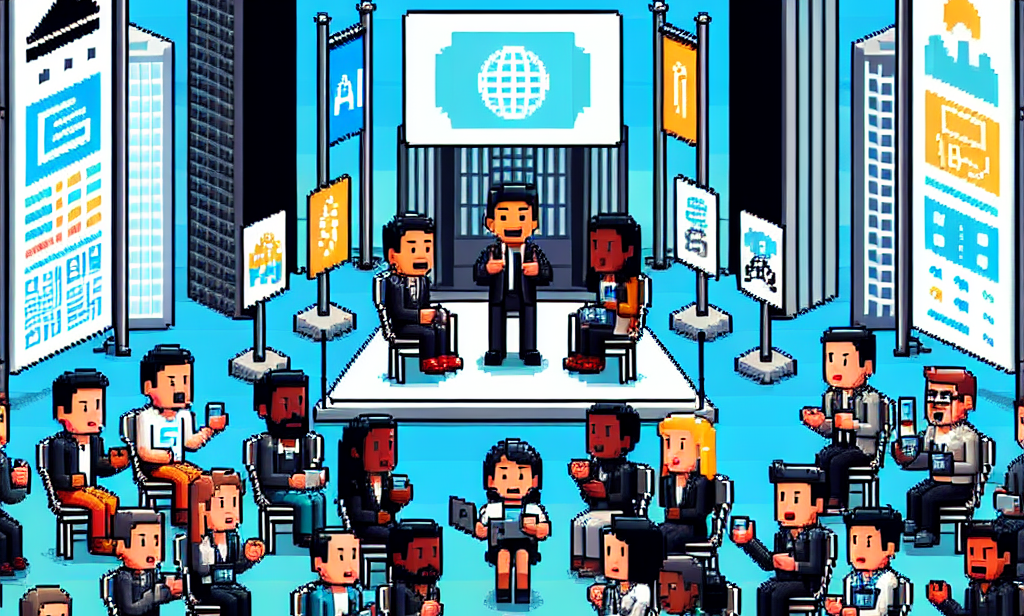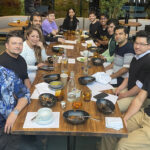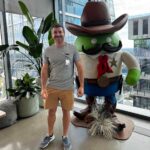Last week, I joined an event in San Francisco co-hosted by Leonis Capital, 1943, Singapore Global Network (SGN), and Hanwha AI Center. I went in curious to learn from people who are not just talking about AI but actively building and researching it.
The highlight for me was a deep dive into the Framework for Valuing AI Companies developed by Jenny Xiao, Jay Zhao and Liang Wu at Leonis Capital (Part I, Part II). I’d actually read the framework before, but seeing it presented live, with back-and-forth from researchers, founders, and investors, really brought it home. The framework points to a sweet spot for AI companies: at the intersection of market opportunity and niche execution. It was reassuring to see that what we’re building at Artificial Poets aligns with this thinking, especially as the landscape shifts after every new update from OpenAI.
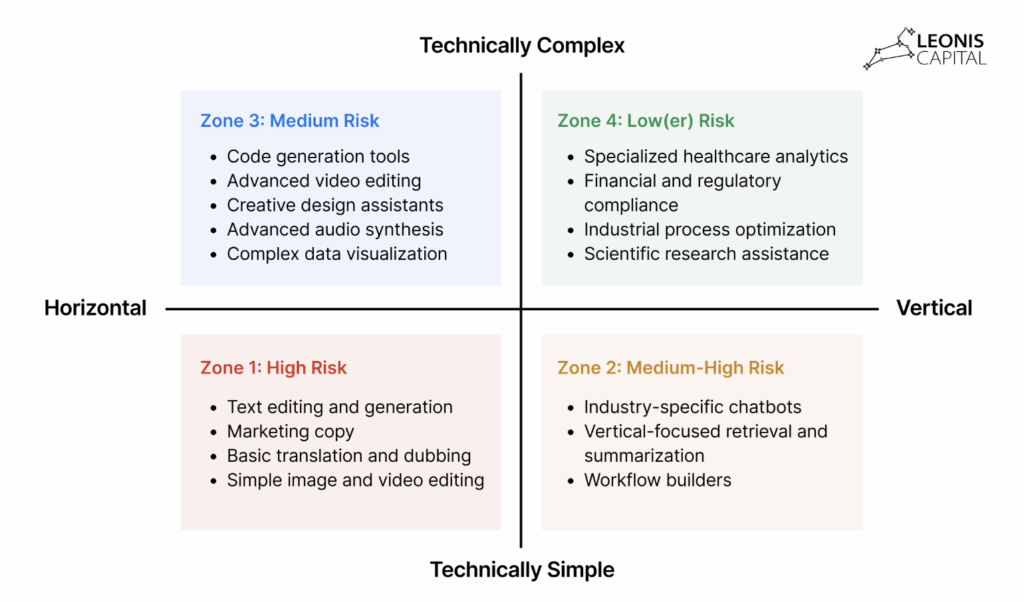
One of the best parts of the night was connecting with engineers and founders working on similar ideas. We ended up in real technical conversations—sharing not just war stories, but actionable tips. I walked away with a few new libraries to try, including Beautiful Soup (which I’d somehow overlooked for web parsing). That’s the kind of value you get when people show up ready to share, not just pitch.
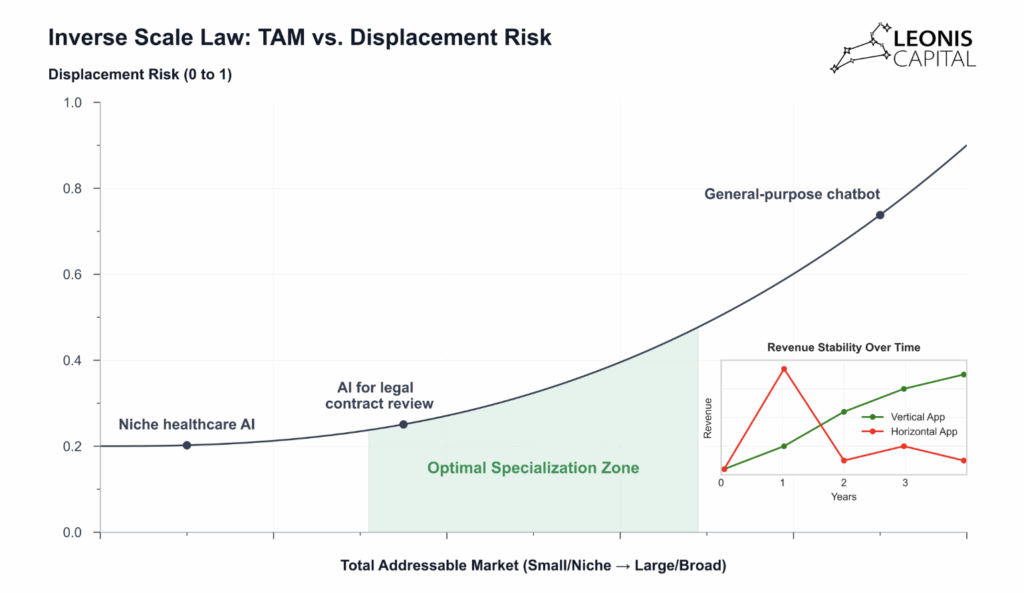
The event itself was a good reminder of why the SF ecosystem works: a blend of institutional capital, research labs, and community centers, all in one room. The good, the bad, and the ugly—sometimes all at once. (Who’s the ugly? I’ll leave that one open.)
A nice bonus: there were two founders who’d been through Y Combinator—Anji Ismail (CEO & Founder at Finnt) and Samraaj Singh Bath (CEO & Co-founder at ion design). Fun surprise: one of them went through YC twice.
Shoutout to some of the folks I met and learned from in person:
There’s something powerful about being surrounded by people who are not only thinking about the future of AI, but actually writing the code, sharing the tools, and iterating in public. Nights like this are why I feel confident building Artificial Poets—and why the right community matters more than ever.


